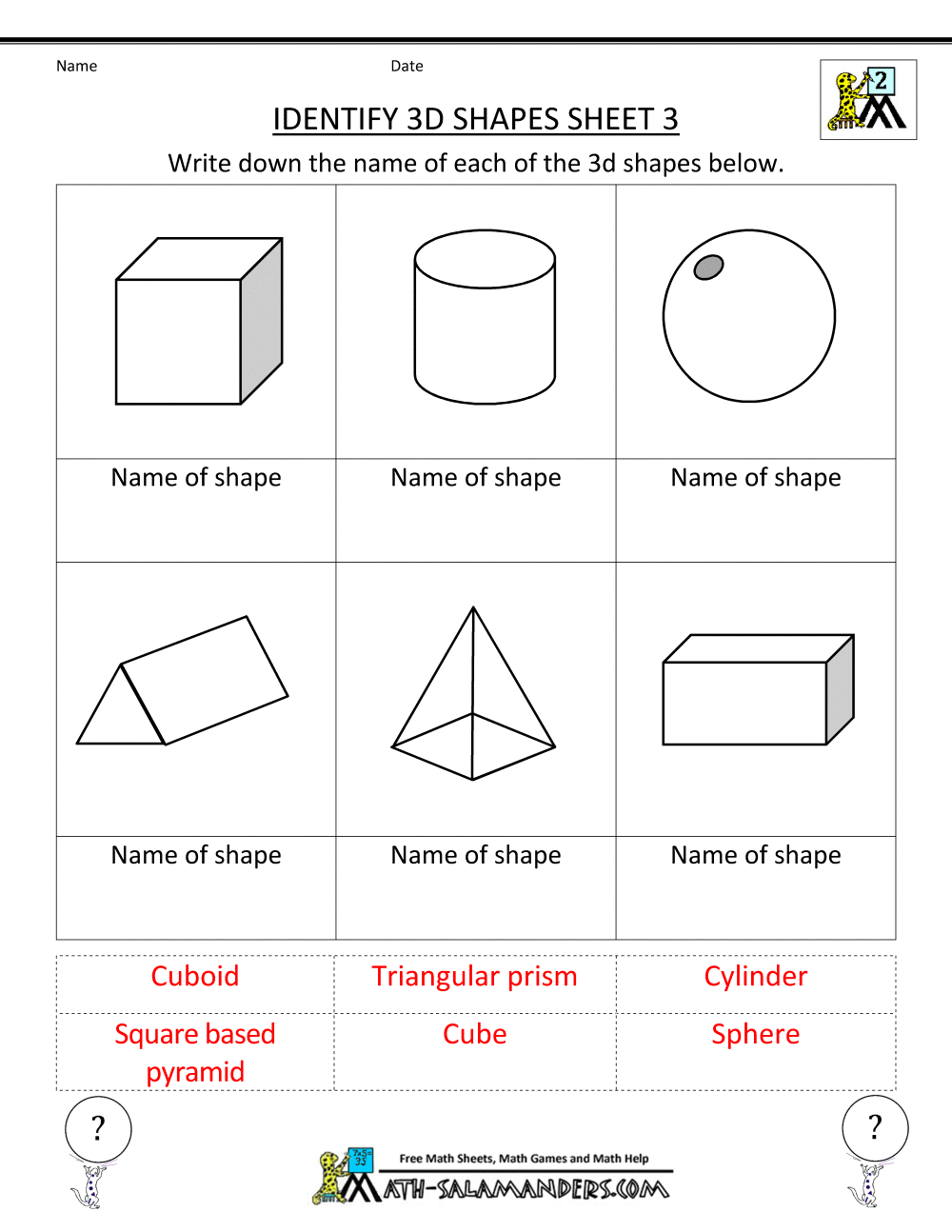

So that's our magenta line, and then I can draw my triangle. So let me draw this same line but I'm gonna draw it at an angle so we can visualize the whole In three dimensions, what I'm going to do is try to look at this thing in three dimensions. I encourage you to think about it, maybe take out a piece of paper, draw it, or just try to imagine it in your head. It around this line, what type of a shape am I going to get? And I encourage you - It's going to be a The line that I'm doing as a dotted magenta line. It in three dimensions around this line, around I'm gonna take this twoĭimensional right triangle and I'm gonna try to rotate That this length is five units and now I'm gonna do Width right over here is three units and let's say Well what do I mean by that? Let's say I started with a right triangle. Two dimensional shapes in three dimensions. Visualizing what happens if we were to try to rotate In this article, we discussed why 2D objects have areas, whereas 3D objects have volumes, and also highlighted the other features of 2D and 3D objects.- What I want to do in this video is get some practice Most of the objects that we see around us have 3D shapes they have height, width, and depth. It is difficult to draw three dimensional shapes.Įxamples include circle, rectangle, and square.Įxamples include cylinder, cuboid, cube, prism, etc. It is easy to draw two dimensional shapes. Only the outer dimensions can be explained. They are easy to explain due to the clarity of the edges. It is difficult to draw the details of a three dimensional shape. It is easy to draw the details of a two dimensional shape. The edges of a two dimensional shape are clearly visible.Īll the edges of a three dimensional shape are not clearly visible, some are hidden. It is used to give an architectural view of an object. It is used to give a simple view of an object. The mathematical axes are X-axis, Y-axis and Z-axis. The mathematical axes are X-axis and Y-axis. It has three dimensions − length, breadth and the height. It has two dimensions − length and breadth. The following table highlights the major differences between 2D and 3D shapes − 2D Shape The two flat ends are circular.Ī torus is a 3D shape that is formed by rotating a circle in a three-dimensional space. Similarly, a solid pyramid with a pentagonal base and five triangular faces that meet at an apex is known as a pentagonal pyramid.Ī cylinder is a 3D geometrical shape with two flat ends with a curved face at the middle. A solid triangular pyramid having four triangular faces is known as a tetrahedron. Its edges are straight, so it has flat faces. The base can either be circular or oval.Ī pyramid is another type of 3D object with a base that is a polygon and an apex. A football is a good example of a sphere.Ĭones are 3D geometrical shapes with a base and an apex point at the top. A sphere, for example, is a round and symmetrical 3D geometric shape with all the points on its surface at a same distance from the center. Types of 3D ShapesģD objects come in all kinds of shapes and sizes. 3D shapes are drawn using X-axis, Y-axis, and Z-axis. Since 3D shapes have depth, they occupy some volume. Examples of 3D shapes include cubes, cylinders, spheres, cones, etc. Most of the objects that we see around us have 3D shapes, which means they have three dimensions: Length, Breadth, and Depth. It is a closed 2D plane with a curved face where the points on the circumference are not at equal distance from its center. All the points on the surface of a circle are equidistant from its center.Īn oval, just like a circle, has no corners and edges. For example,Ī square is a 2D geometrical shape with four equal sides and four right angles.Ī rectangle has four sides and four right angles, where the opposite sides are of equal length.Ī triangle is a closed 2D plane with three sides, three angles, and three vertices.Ī circle is a two-dimensional curved shape with no corners and edges. 2D shapes are drawn using X-axis and Y-axis.ĢD shapes are basically closed planes with no height. Since 2D shapes don't have any height, they don't have any volume either. Examples of 2D shapes include circle, rectangle, square, polygons, etc. 2D shapes are flat because they don't have any height or depth. 2D ShapesĪ 2D shape has two dimensions, that is, Length and Breadth. In this brief article, we will take a look at the features of 2D and 3D shapes and identify how they differ from each other. 2D shapes are flat with only length and breadth, while 3D shapes are solid objects with length, breadth, and height.


 0 kommentar(er)
0 kommentar(er)
